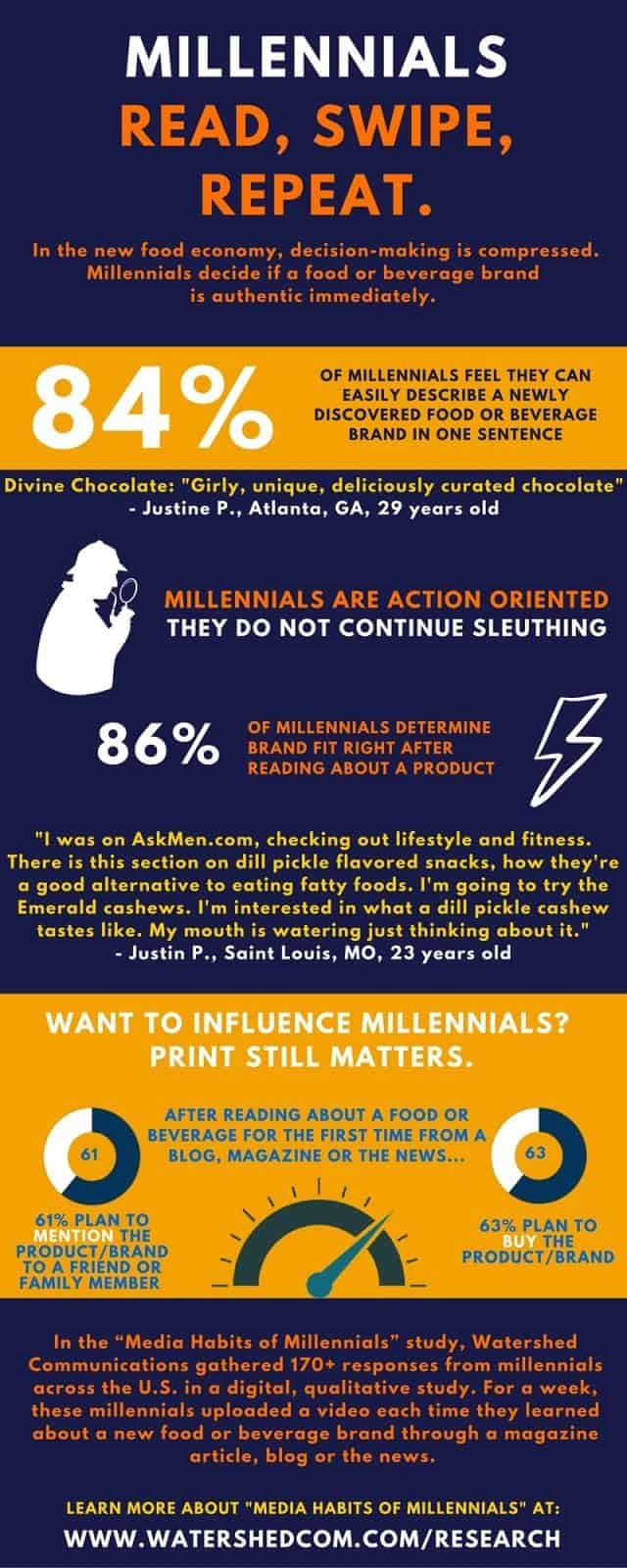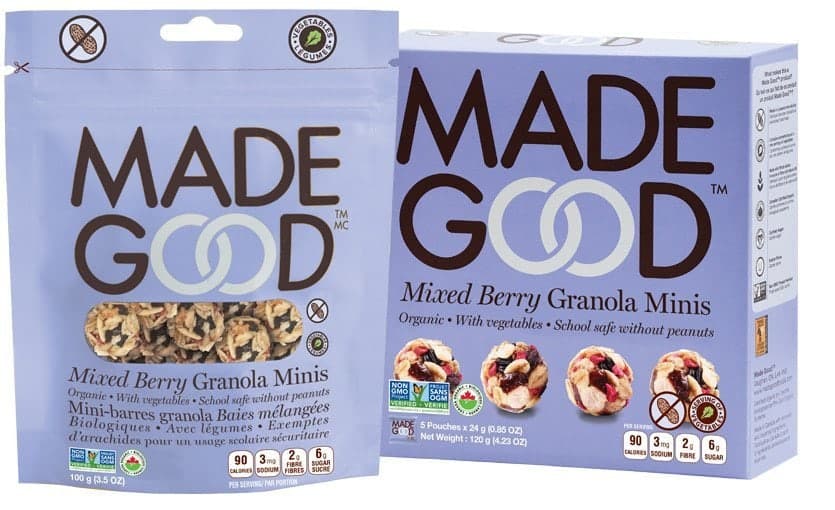Annie’s Wants Organic To Be Affordable For All Consumers
The rise of organic food is creating waves all over the United States. The news circulating about the dangers of eating foods laced with pesticides and other harmful agricultural chemicals is shifting people towards clean eating. Consumers are seeing the benefits of eating organic products. However, the accessibility of organic foods is mostly exclusive to people who can afford them. In reality, not everyone can afford to buy a pound of strawberries for $15. It is just too much!
Fortunately, there are now organic companies trying to reach out to a broad spectrum of consumers. The all-American favorite food company Annie’s is encouraging people to eat food products made from organic ingredients by launching new healthy and price sensitive products.
Annie’s Leading Revolution in Affordable Organic Foods
A survey conducted by the USDA in April 2016, reveals that only 23% of American consumers can afford to buy organic foods. With the rising cost of organic food, it is no wonder why many people cannot afford to buy organic even though they are now available in most grocery stores.
Poor nutrition is a big problem in the United States. Poor nutrition is often translated to high obesity rates in the country. Having seen this issue progress over the years, Annie’s has vowed to launch at least 30 new products made from certified organic ingredients. These organic products will be sold in the form of soups, yogurts, cereals, and baking mixes. The acquisition by General Mills has opened doors to supply chains that Annie’s never thought was possible.
John Foraker, Annie’s President, noted that the company has been passionate about making organic foods for decades and this principle not only benefits the farmers and consumers but the planet as a whole. Moreover, the company believes that organic foods should not be restricted to people on high social and economic tiers. The company’s decision to make their foods available to people from all income levels is ground-breaking on its own.
To fortify its new campaign, Annie’s launched an integrated digital campaign which helped the growth of the company. With the launch of the new campaign on August 19 of 2016, it allowed people to find out about the exciting campaign and participate in it by buying the new products.
So what is the implication of Annie’s campaign on the rest of the industry? Perhaps this bold move by the company will push the other primary players of the industry to opt for the wider distribution of organic foods thereby increasing the accessibility of healthy foods to all consumers. Will this happen in the future? We can only hope so.
Inspired by prnewswire.com



 Consumers have different reasons for why they opt for products with such labels. Younger people look for products that are all-natural, gluten-free, and organic. Baby boomers have an even simpler reason, and that is to avoid artificial additives in their products. There is an increasing interest for products with clean labels among baby boomers as this age group is starting to experience many health setbacks. The need for clean and natural food is essential to maintain good health for all ages.
Consumers have different reasons for why they opt for products with such labels. Younger people look for products that are all-natural, gluten-free, and organic. Baby boomers have an even simpler reason, and that is to avoid artificial additives in their products. There is an increasing interest for products with clean labels among baby boomers as this age group is starting to experience many health setbacks. The need for clean and natural food is essential to maintain good health for all ages. Aside from creating alternative protein sources, many food manufacturers are also joining the bandwagon of free-from foods. Free-from foods are those that do not contain a particular detrimental ingredient. These include gluten-free, dairy-free and allergen-free foods. Many food manufacturers produce these specialty food products for flexitarian consumers who suffer from certain conditions that can be triggered by the presence of “detrimental” foods.
Aside from creating alternative protein sources, many food manufacturers are also joining the bandwagon of free-from foods. Free-from foods are those that do not contain a particular detrimental ingredient. These include gluten-free, dairy-free and allergen-free foods. Many food manufacturers produce these specialty food products for flexitarian consumers who suffer from certain conditions that can be triggered by the presence of “detrimental” foods. It seems the rise of the flexitarian is due to the collision of the health, nutrition, and wellness trends in the market. The “clean label” and “simple ingredients” trends fall in line with the demand from flexitarians. Many flexitarian consumers are now opting for products that are made from natural ingredients using natural processing methods.
It seems the rise of the flexitarian is due to the collision of the health, nutrition, and wellness trends in the market. The “clean label” and “simple ingredients” trends fall in line with the demand from flexitarians. Many flexitarian consumers are now opting for products that are made from natural ingredients using natural processing methods.
